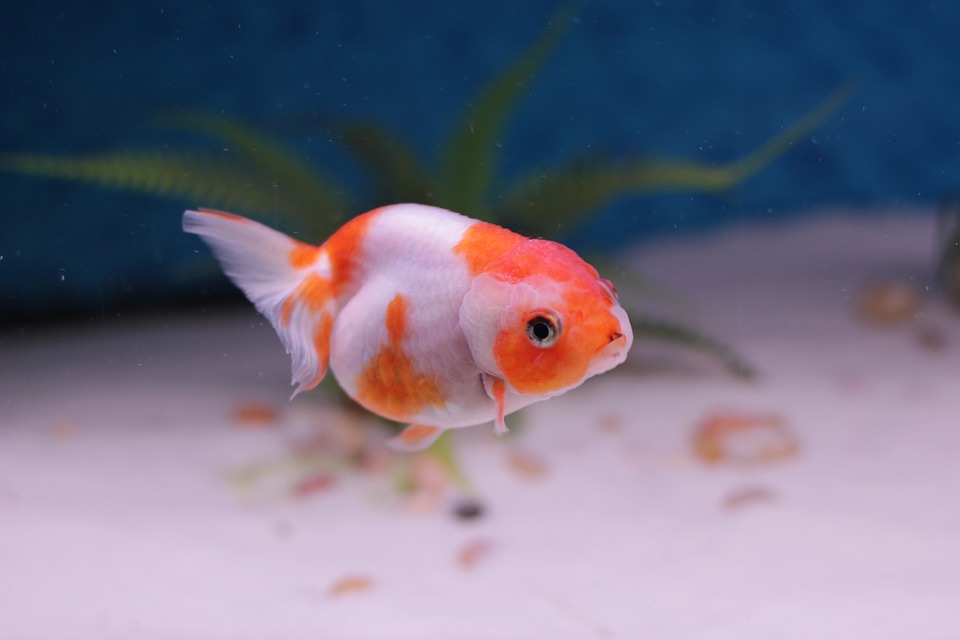Title: Monitoring and Responding to Changes in Fish Response to Tank Water Chemistry
Introduction:
Maintaining optimal water chemistry in a fish tank is crucial for the health and well-being of the aquatic inhabitants. Fish behavior is a reliable indicator of their overall health and comfort. Monitoring and responding to changes in their response to tank water chemistry is essential to ensure a thriving aquarium environment. In this article, we will explore effective strategies to monitor fish behavior and provide proactive responses to maintain a stable and healthy aquatic ecosystem.
I. Understanding Fish Behavior and Water Chemistry
A. The relationship between fish behavior and water chemistry
Understanding the correlation between fish behavior and water chemistry is vital for maintaining a healthy aquarium. Water chemistry parameters such as pH, ammonia, nitrite, nitrate, temperature, and oxygen levels directly affect fish behavior.
B. Key water parameters affecting fish behavior
Different fish species have specific water chemistry requirements. Some common parameters affecting fish behavior include pH levels, temperature, dissolved oxygen, ammonia, and nitrate levels. Changes in these parameters can cause stress, lethargy, or even illness.
C. Common signs of stress or discomfort in fish
Fish exhibit various signs when they are under stress or discomfort. These signs may include increased aggression, loss of appetite, rapid breathing, abnormal swimming patterns, color changes, or hiding. Monitoring these signs is crucial in identifying changes in fish behavior.
II. Monitoring Fish Behavior
A. Observation techniques and tools for monitoring fish behavior
Observing fish behavior is best done through regular visual inspections. Tools such as underwater cameras and monitoring systems can aid in observing fish behavior without disturbing them. It is essential to spend time observing fish during different times of the day to get a comprehensive understanding of their behavior.
B. Establishing a baseline behavior for each fish species
Each fish species has its unique behavior patterns. It is important to establish a baseline behavior for each species in the tank. By understanding their normal behavior, it becomes easier to identify any deviations or changes that might indicate a problem.
C. Recording and documenting fish behavior patterns
Keeping a record of fish behavior patterns is an effective way to monitor changes over time. This can be done through written notes, photographs, or video recordings. Regular documentation allows for easier identification of changes and provides valuable information for troubleshooting.
III. Responding to Changes in Fish Behavior
A. Identifying potential causes of changes in fish behavior
When changes in fish behavior occur, it is important to identify the potential causes. This could include changes in water chemistry parameters, overcrowding, inadequate nutrition, disease, or aggression from tankmates. Careful observation and elimination of potential causes will help pinpoint the issue.
B. Adjusting water chemistry parameters to address specific fish behavior issues
If changes in water chemistry parameters are identified as the cause of fish behavior issues, adjustments should be made. This may involve modifying pH levels, temperature, oxygenation, or addressing ammonia and nitrate levels. It is crucial to make gradual changes rather than sudden corrections to avoid additional stress to the fish.
C. Gradual changes versus sudden corrections
When adjusting water chemistry parameters, it is important to make changes gradually. Rapid corrections can shock the fish and cause further stress. Gradual adjustments allow the fish to acclimate to the new conditions and minimize any negative impact on their health.
IV. FAQs
1. How often should I monitor fish behavior?
It is recommended to monitor fish behavior at least once a day, preferably during feeding times when they are most active.
2. What are the ideal water chemistry parameters for common fish species?
The ideal water chemistry parameters vary depending on the fish species. Research the specific requirements of the fish in your tank to ensure optimal conditions.
3. What are some common reasons for changes in fish behavior?
Changes in behavior can be due to water chemistry fluctuations, poor water quality, inadequate tank size, improper nutrition, disease, stress, or aggression from tankmates.
4. Can water chemistry fluctuations lead to fish diseases?
Yes, fluctuations in water chemistry parameters can weaken the fish’s immune system, making them more susceptible to diseases.
5. How can I maintain stable water chemistry in my fish tank?
Regular testing of water parameters, proper filtration, regular water changes, and providing a well-balanced diet for the fish are crucial for maintaining stable water chemistry.
6. Are there any natural remedies to correct water chemistry imbalances?
Natural remedies such as adding specific plants, using chemical additives, or employing biological filtration methods can help correct minor water chemistry imbalances. However, it is essential to research the specific requirements of your fish species and consult with experts before implementing any remedies.
Conclusion:
By closely monitoring fish behavior and promptly responding to changes in their response to tank water chemistry, aquarists can ensure a healthy and thriving aquatic environment. Regular observation, documentation, and adjustments to water chemistry parameters will help prevent stress, disease, and other complications. Remember, a stable and balanced aquarium ecosystem is the key to happy and thriving fish.









